Introduction: Meet the Sunshine Spice
If you're looking for an herb that tastes like summer and boosts flavor without salt or fat, look no further than summer savory. Known for its peppery bite and minty undertones, this fragrant herb has been a kitchen favorite for centuries — especially in Mediterranean and European cuisines.
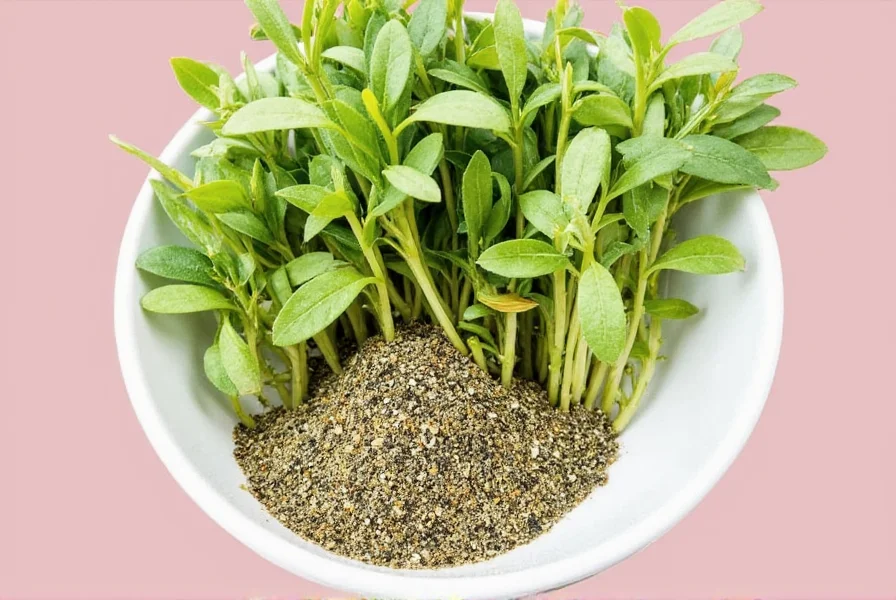
Table of Contents
- What Exactly Is Summer Savory?
- Flavor Profile & How to Use It Like a Pro
- Health Benefits You Didn’t Know It Had
- Growing Your Own Summer Savory: A Mini Guide
- Buying Guide: Fresh, Dried, or Oil?
- Top 5 Recipes to Try with Summer Savory
- Summer vs. Winter Savory: What's the Diff?
- Frequently Asked Questions About Summer Savory
- Conclusion: Make Room for This Warm-Weather Wonder
What Exactly Is Summer Savory?
Scientifically known as Satureja hortensis, summer savory is an annual herb belonging to the mint family (Lamiaceae). Native to the Mediterranean region, it's closely related to winter savory (Satureja montana), but with a much milder, more delicate flavor profile.
Historically, it was used both as a seasoning and a medicinal plant. In fact, ancient Greeks believed it could cure snakebites and digestive issues — talk about a multitasker!
| Botanical Name | Type | Native Region | Life Cycle | Common Uses |
|---|---|---|---|---|
| Satureja hortensis | Herb | Mediterranean | Annual | Cooking, herbal tea, remedies |
Flavor Profile & How to Use It Like a Pro
Think of summer savory as the herb version of a citrus-zest burst with a hint of pepper and thyme. It's slightly sweet, floral, and sharp — perfect for balancing hearty dishes without overpowering them.
Best culinary uses:
- Bean dishes – it's a traditional ingredient in baked beans
- Stuffed peppers and eggplant
- Poultry seasoning blends
- Vegetable stews and tomato sauces
- Marinades for pork or lamb
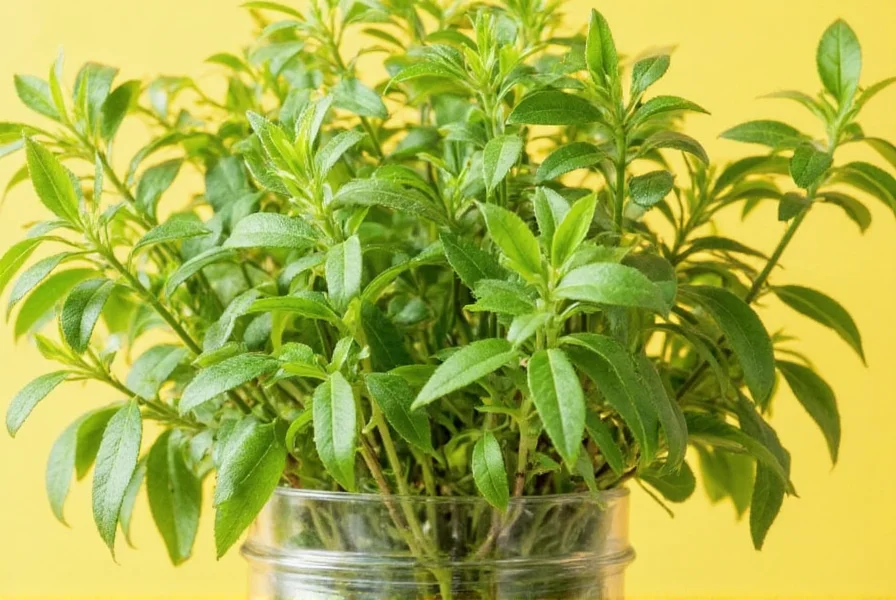
Health Benefits You Didn't Know It Had
Beyond flavor, summer savory packs a nutritional punch. Rich in antioxidants, vitamins A and C, and minerals like iron and magnesium, this herb supports overall wellness and digestion.
Its essential oils — particularly carvacrol and thymol — have antimicrobial properties and may help soothe stomach discomfort. Some studies suggest it can also reduce bloating and flatulence, making it ideal for bean-heavy meals.
Growing Your Own Summer Savory: A Mini Guide
Want to grow your own summer savory? Here's what you need to know:
- Climate: Thrives in warm, dry conditions
- Soil: Well-draining, moderately fertile
- Sunlight: Full sun (6–8 hours/day)
- Watering: Moderate — don't overwater!
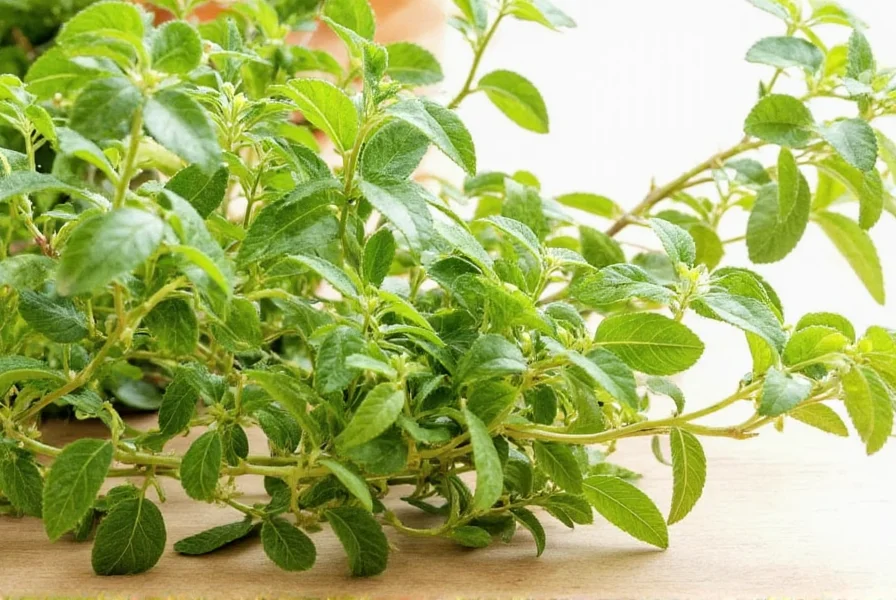
Buying Guide: Fresh, Dried, or Oil?
When shopping for summer savory, you'll typically find three forms: fresh, dried, and essential oil. Each has its pros and cons depending on your needs.
| Form | Pros | Cons | Best For |
|---|---|---|---|
| Fresh Leaves | Vibrant flavor, aromatic | Short shelf life | Garnishing, quick cooking |
| Dried Herb | Long shelf life, easy storage | Less intense aroma | Slow-cooked dishes, spice mixes |
| Essential Oil | Highly concentrated, therapeutic use | Strong; not for direct consumption | Aromatherapy, topical applications |
Top 5 Recipes to Try with Summer Savory
- Classic Baked Beans with Summer Savory – Adds warmth and depth to the slow-cooked sauce
- Herbed Chicken Thighs – Mix with garlic, olive oil, and lemon for a zesty marinade
- Grilled Eggplant with Herbs – Toss with olive oil, savory, and Parmesan before roasting
- Summer Savory Vinaigrette – Muddle fresh leaves into a tangy salad dressing
- Hearty Bean Stew – A staple in many rustic European kitchens
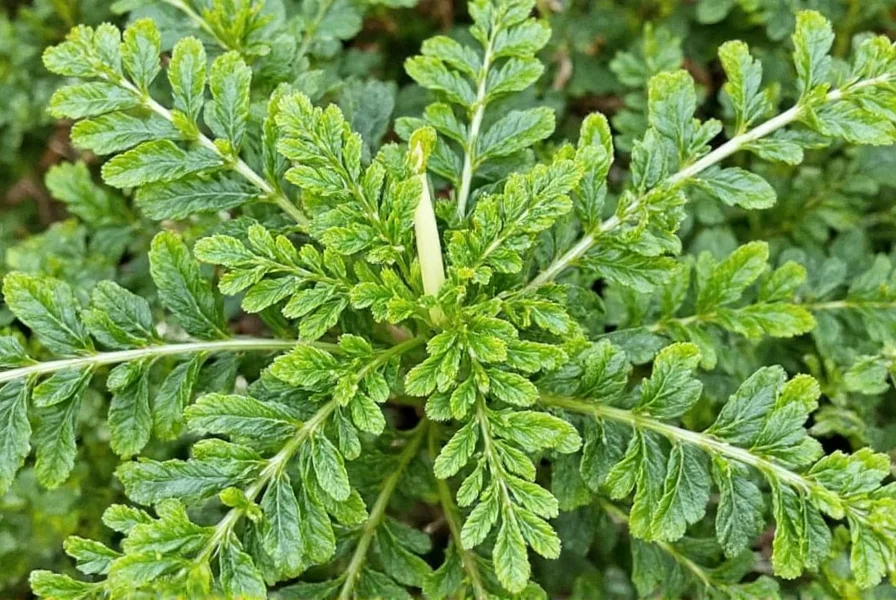
Summer vs. Winter Savory: What's the Diff?
While they share a name and some flavor notes, summer and winter savory are quite different. Here's how to tell them apart:
| Aspect | Summer Savory | Winter Savory |
|---|---|---|
| Flavor | Mild, peppery, floral | Stronger, pine-like, woody |
| Texture | Tender leaves | Woody stems |
| Use Case | Cooking, garnish | Spice blends, long simmering dishes |
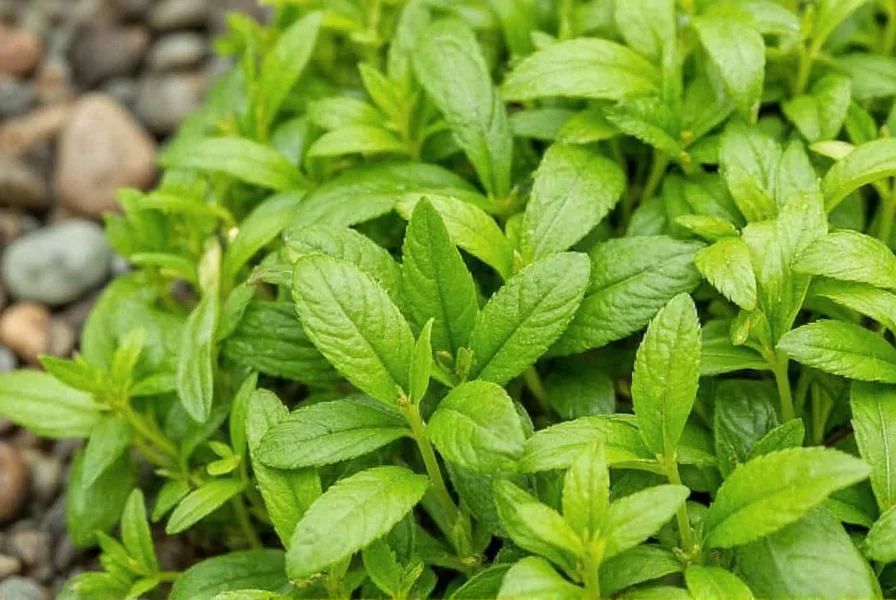
Frequently Asked Questions About Summer Savory
What is summer savory?
Summer savory (Satureja hortensis) is an annual herb in the mint family known for its peppery bite with minty and thyme-like undertones. Native to the Mediterranean region, it's a delicate herb commonly used in cooking for its aromatic flavor that enhances dishes without adding salt or fat.
How is summer savory different from winter savory?
While both are called "savory," they're distinct herbs. Summer savory has a milder, more delicate flavor with peppery and floral notes, while winter savory is stronger with pine-like, woody characteristics. Summer savory is an annual plant with tender leaves, whereas winter savory is a perennial with woody stems. Culinary-wise, summer savory works better in quick-cooking dishes and as a garnish, while winter savory holds up better in long-simmered recipes.
What does summer savory taste like?
Summer savory offers a unique flavor profile that's slightly sweet, peppery, and floral with minty and thyme-like undertones. It's often described as tasting like "summer in a leaf" - providing a citrus-zest burst that enhances dishes without overpowering them. It's less intense than winter savory, making it perfect for fresh applications and delicate recipes.
What are the health benefits of summer savory?
Summer savory is rich in antioxidants, vitamins A and C, and minerals like iron and magnesium. Its essential oils (particularly carvacrol and thymol) have antimicrobial properties and can help soothe digestive discomfort. It's especially known for reducing bloating and flatulence when used with bean dishes. The herb also supports overall wellness and has been traditionally used for its medicinal properties since ancient times.
Can I grow summer savory at home?
Yes! Summer savory is relatively easy to grow. It thrives in warm, dry conditions with full sun (6-8 hours daily) and well-draining soil. As an annual plant, it completes its life cycle in one growing season. Start seeds indoors 6-8 weeks before the last frost or sow directly in the garden after frost danger has passed. Keep the soil moderately moist but avoid overwatering. Harvest leaves when the plant is about 6 inches tall, preferably in the morning when essential oils are most concentrated.
How should I store fresh summer savory?
To store fresh summer savory, treat it like cut flowers: trim the stems, place in a glass with about an inch of water, and cover loosely with a plastic bag. Keep it on your counter away from direct sunlight for up to a week, changing the water every couple of days. For longer storage, you can freeze the leaves in ice cube trays with olive oil or water, or dry them by hanging bunches upside down in a warm, dark, well-ventilated space.
What dishes work best with summer savory?
Summer savory shines in bean dishes (like baked beans), vegetable stews, tomato sauces, and stuffed vegetables like peppers and eggplant. It's excellent with poultry, pork, and lamb as part of marinades or seasoning blends. Fresh leaves work well in salads, vinaigrettes, and as a garnish. It's particularly valued for enhancing legume dishes while helping to reduce associated digestive discomfort.
Is summer savory the same as thyme?
No, summer savory is not the same as thyme, though they share some flavor notes. Summer savory has a more pronounced peppery bite with minty and citrus undertones, while thyme is more earthy with subtle lemon notes. They can sometimes be used interchangeably in recipes, but they're distinct herbs with different botanical classifications - thyme is Thymus vulgaris while summer savory is Satureja hortensis.
Conclusion: Make Room for This Warm-Weather Wonder
Whether you're grilling vegetables, roasting poultry, or just looking to upgrade your pantry game, summer savory deserves a place on your spice rack. With its vibrant flavor, health perks, and versatility, it's one of those unsung heroes of the herb world that turns ordinary meals into something truly special.
So next time you see this fragrant little herb, give it a try — your taste buds (and your gut) might thank you!
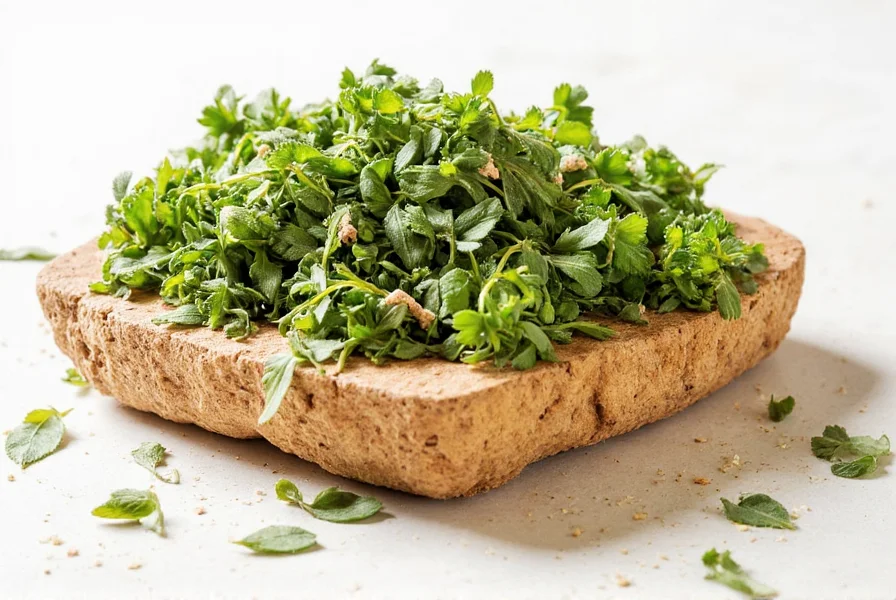

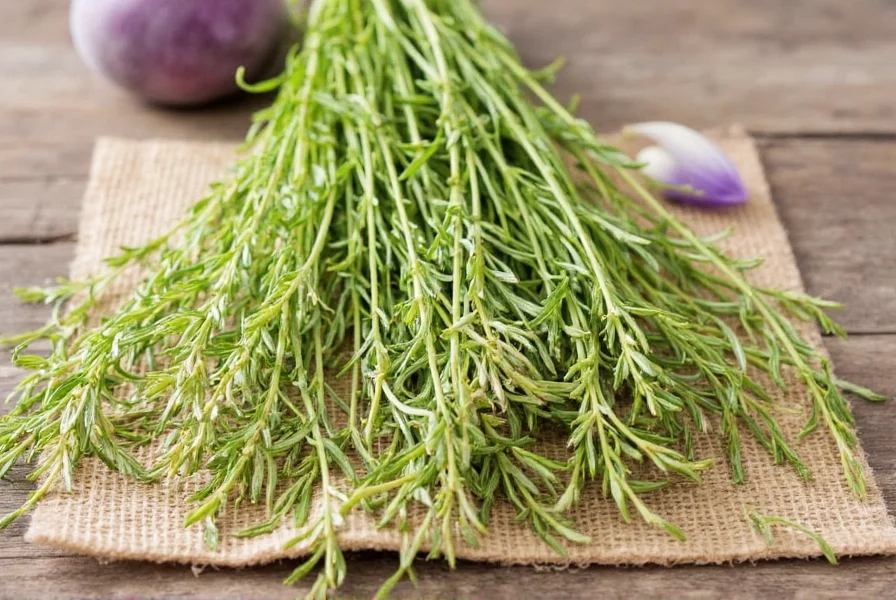









 浙公网安备
33010002000092号
浙公网安备
33010002000092号 浙B2-20120091-4
浙B2-20120091-4